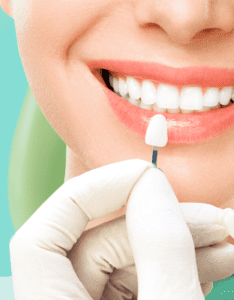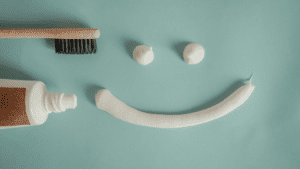Believe it or not, there are right ways and wrong ways to take care of your teeth. It’s not about brushing hard and using harsh chemicals. It’s also not about just having nice smelling breath and a white smile. There are a lot of things at play that you can’t see when you smile, like plaque and bacteria between your teeth and under the gums.
The Right Way to Brush
You might be surprised to know that there should be some technique involved when it comes to brushing your teeth. Putting the toothbrush in your mouth and scrubbing in all different directions as hard as you can is not the technique. The best way to brush is to move your toothbrush in a sweeping motion from the gum line to the tips of the teeth. This will ensure that while you’re brushing, you are not pushing food and bacteria beneath the gum line. It’s also a gentler way of brushing and will not damage your gums or cause them to recede.
Use A Soft Bristle Brush
Hard bristles can scratch and irritate your gums. They can also wear away at your enamel and expose the soft layer of dentin underneath. Dentin is highly sensitive, and enamel cannot be regrown, only fortified. So, use a soft bristle toothbrush with the correct technique and keep your gums and teeth in top notch condition.
Brush Your Tongue, Too
Yes, brush your tongue. Your tongue is soft with a lot of surface area and little nooks and crannies – the perfect for bacteria to call home. A lot of people who complain of bad breath are often overlooking the importance of cleaning their tongue. Just run your toothbrush over as much of your tongue as you can handle without gagging yourself. Move the toothbrush back and forth, side to side, and then rinse thoroughly.
Flossing Really Is Important
Be honest, flossing is an afterthought for most of us. You’re probably using the same floss dispenser you’ve had for years. But flossing is just as important as brushing itself, and it’s something that we should all get in the habit of doing daily. Brushing only goes so far; it cleans the crowns of your teeth but not anything below the gumline. And that’s where flossing comes in. When we eat food, chewing pushes food particles between the teeth and sometimes below the gum line. If left for too long, tartar will build up between the gums and the teeth. Tartar cannot be removed by brushing or flossing. A dentist will have to scrape it off for you.
The Right Way to Floss
When flossing, never move the floss in a back and forth motion. This doesn’t remove the food particles effectively and can cut your gums. Rather, move the floss up and down along the side of your tooth, taking care to get below the gumline. Do this five times on each side of the tooth for a thorough cleaning. Note that coated and uncoated floss work equally as well. The type you use is your own personal preference.
If it has been a while since you have flossed, some bleeding may occur – this is normal. Your gums just are not used to being cleaned and they’re probably a little sensitive from all the food and bacteria that has been in there for some time.
To Rinse or Not to Rinse
The act of brushing works to clean the surface of your teeth and gums, but the toothpaste does its job for 30 minutes after brushing ends. Fluoride and any other fortifying components of your toothpaste do not work instantaneously. Your teeth need time to absorb them.
A good dental hygiene routine looks something like this:
- Brush your tongue
- Rinse
- Floss
- Rinse
- Brush your teeth (with the correct technique)
- Spit (NO RINSING!)
If you have any specific questions about your dental hygiene routine or want to be shown the right way, give Murfreesboro Family Dentistry a call. We’d love to sit down and talk brushing and flossing with or your kiddos.





